The climate crisis is being called the greatest threat the world has ever faced. But instead of being overwhelmed by the scale of the problem, textile artist Chloe Patience has taken up the cause, one recycled bead at a time.
Chloe is passionate about the environment and transforms this into action by raiding the scrap bag, searching out secondhand beads and discarded jewellery, and even repurposing old packaging in her quest to work more sustainably.
Inspired by the natural world she loves, she combines these unconventional materials with traditional stitches to create rich, multi-layered pieces, often in 3D. Read on and discover Chloe’s advice for cultivating creative curiosity, as well as strategies for overcoming creator’s block, and juggling work with the demands of family life.

A magical, other-worldly aesthetic
Chloe Patience: I work mostly on commissions and to project briefs, so my inspiration can change and take many different forms. Personally, I’m drawn to nature, particularly florals, rocks and crystals and sea life, as well as reflective and mirrored patterns, like those seen in a kaleidoscope, for example. I love using imagery such as these because they provide so much colour and texture that can be converted into embroidery and embellishment very effectively.
In 2007 I co-founded the award-winning luxury fashion label Bebaroque. Our high-end embroidered hosiery and bodywear was stocked by shops such as Harrods and Liberty’s of London.
Our design ethos consisted of highly decorative embellishment upon soft sheer fabrics, which enabled us to capture our magical, other-worldly aesthetic.
Bebaroque’s designs were a popular choice both on and off-stage for many artists including Beyoncé, Lady Gaga and Katy Perry.
The label’s designs were celebrated within the industry through vast exposure online and editorial features in magazines such as Italian, China and UK Vogue, Elle, Cosmopolitan and many more.




Cultivating creative curiosity
I love to make three-dimensional embroidery effects with stitch and use many traditional techniques to achieve this such as stumpwork, turkey work, French knots and 3D beading.
I try to use these traditional and contemporary techniques and effects creatively to make them unique to me.
I like to build and layer my effects, for example, using satin stitch first and then using other techniques or elements over the top to create interesting textures and depth. I might experiment with colour using contemporary tones or unconventional materials.
I recommend trying new stitch techniques and continuing to think and develop creatively.
Keep asking yourself questions. How could you be more sustainable? Could you cut your own embellishments or perhaps deconstruct an old woolly jumper and use the yarn? Or maybe cover a hole or stain on a piece of clothing with a piece of embroidery. What else could you do?
Bringing beasties to life
My favourite project was the Missing Chair with Nobody & Co and Timorous Beasties. The aim of the project was to create printed and embroidered sleeves for a very minimal and structural chair. The idea was that the ‘Missing Chair’ had been left in the forest for some time and would be discovered again with vines, leaves and flowers growing up and around the legs and arms of the chair and inhabited with insects.
As the embroidery designer, my role was to add to and adapt the Timorous Beastie prints into three-dimensional, free-standing pieces. I wanted to bring movement and life to the designs. I used multiple techniques to achieve this including stumpwork, turkey work and trapunto. I also used lots of satin stitch, combining different threads and raffia, and I cut and manipulated sheer fabrics to enhance the florals.
The finished designs were launched at Milan Design Week in 2017 and 2018 and were showcased in Elle Decor and Living Magazine Italia.


Upcycling for sustainable bling
It is possible to create contemporary, polished and luxurious effects using second-hand or recycled materials and elements.
I’m conscious that the textile industry plays a large part in contributing to climate change. In recent years I have been involved in projects with the V&A Dundee, Scotland’s design museum, promoting sustainable approaches to fashion and textile design.
Working on such projects allows me to work mindfully and creatively, as well as raise awareness of the climate crisis. Increasingly, I like to use old scrap fabrics, secondhand beads, old jewellery and packaging to create my own beads and embellishments to incorporate into my work.
In the studio
Sketchbooks are a great way of capturing ideas and discovering and developing compositions and artworks, which can then be developed further.
While studying, I would start by creating observational drawings, as well as artworks from inspiration. I used these as a basis for my embroideries. I created sketchbooks where I could draw and sketch and collect anything that inspired me.
As I have progressed professionally, I tend to work more loosely and I draw less from observation due to a lack of time. I collect inspirational materials, drawings, tracings and printouts to develop my ideas before I begin stitching.
Being a perfectionist in my design work I often put undue pressure on myself to create something really special. This means I sometimes hit a creative block when working on a particular project, which can be really frustrating.
When I’m stuck I have learned that taking a break and doing something completely different always helps, such as taking a walk, exercising or indeed anything else, and then coming back to it refreshed.
I’ve also learned that if something really isn’t working, there’s no point in punishing yourself or wasting precious time. Just put it down to experience and start again.



Complementary threads
Growing up within a creative family, I always had an avid interest in art and design. Although initially I thought I would pursue a career in fashion, I soon discovered a love of textiles in my initial studies. The two are so intertwined that I knew that I could always create fashion through textiles – which is exactly what I did with our luxury fashion label Bebaroque.
In 2015, I relaunched myself as a design consultant offering unique hand embroidery services to other companies and labels within interiors and fashion, such as Timorous Beasties, Nobody & Co, Bluebellgray, Wolford and Harvey Nichols Edinburgh. I also run adult learning courses and workshops working with world renowned institutions including the V&A Dundee and National Galleries of Scotland.
Making the most of me time
I’m a mum of two young girls and I work part-time as well as having my creative projects, so I’m always juggling. I wish I had the secret to planning and scheduling my time perfectly, but it’s hard work and can be stressful. However, I love my precious creative work time and try to enjoy it as much as I can.
I recommend trying to carve out a little bit of time whenever possible, as close work such as embroidery can relax and focus your mind in times of stress.
I have also recently enrolled in further studies doing a post graduate diploma with a focus on Textiles Design so my schedule is even more hectic than usual. Although this means I have had to pull back on my creative work for the next few months, I am excited about the future and how I can develop creatively and professionally.

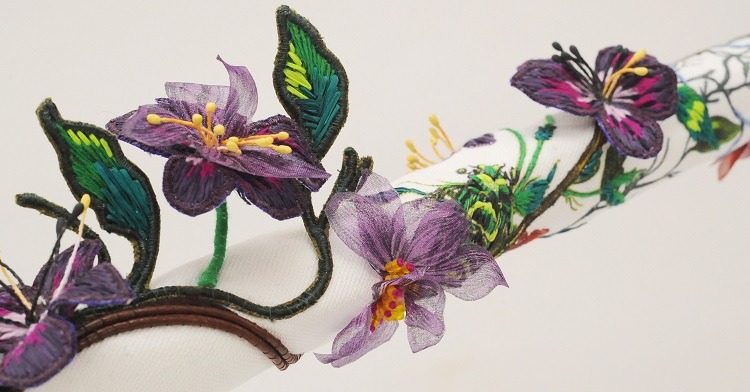
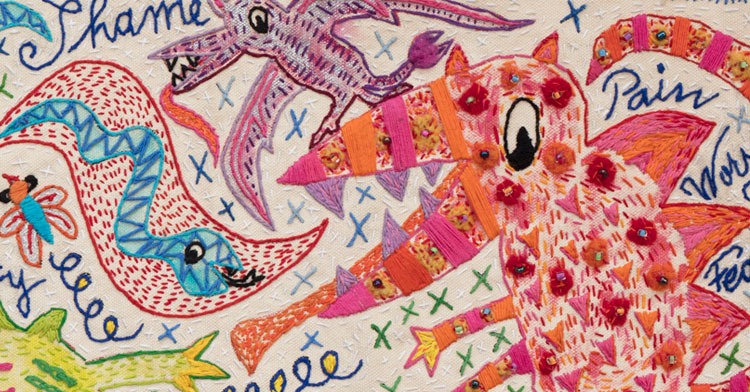
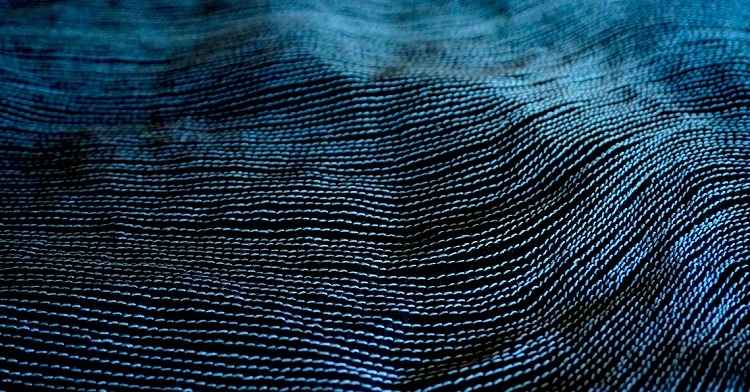
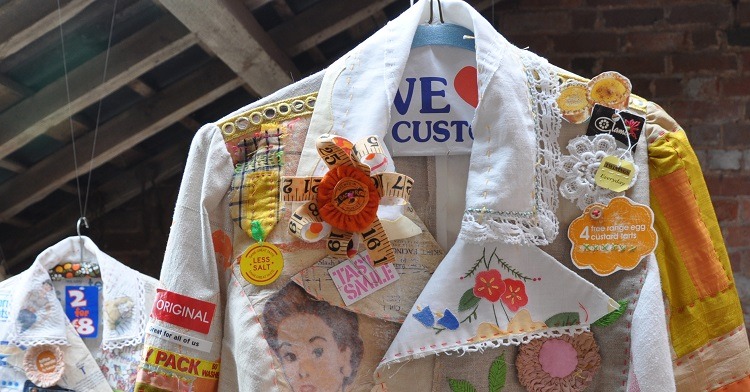
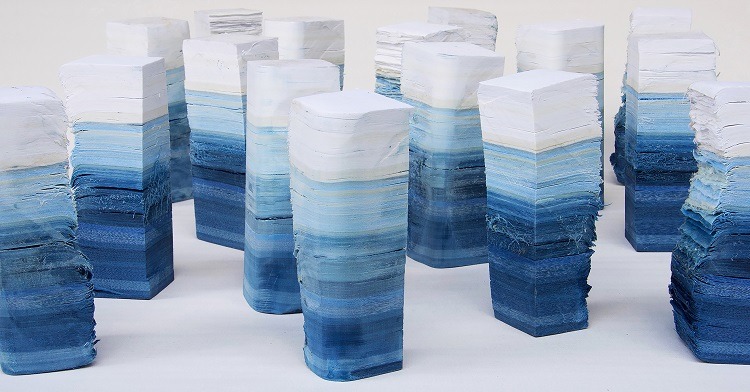
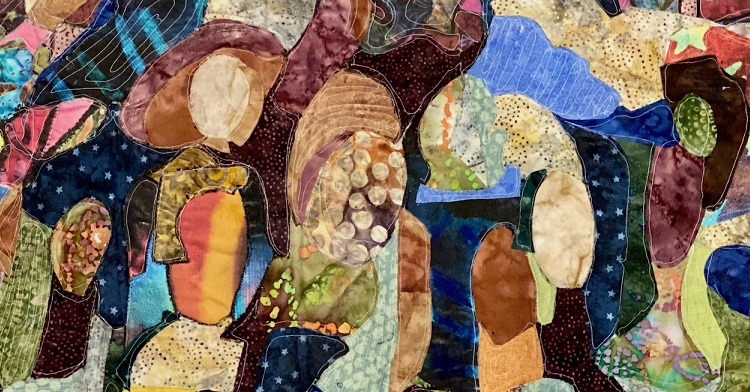
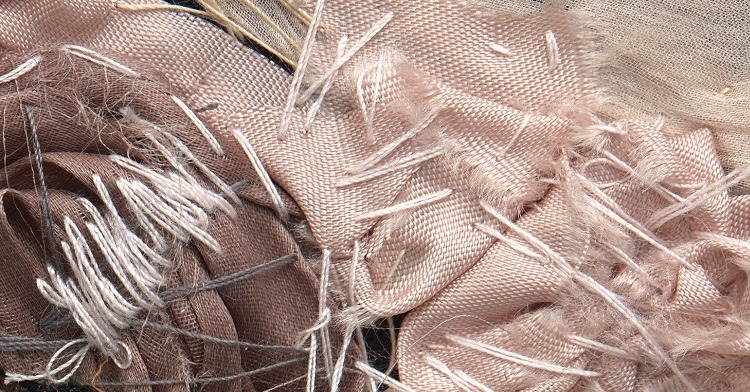
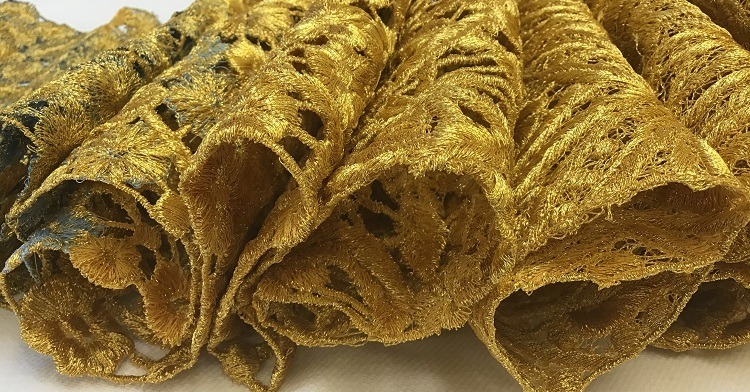
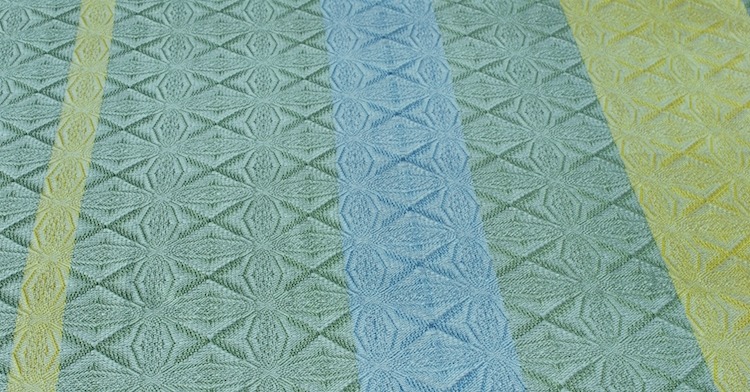
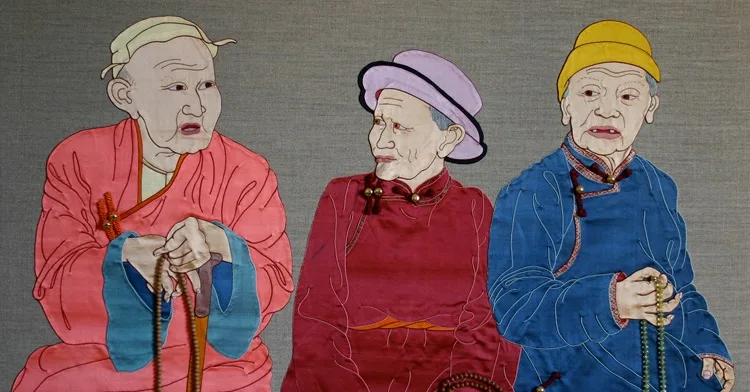
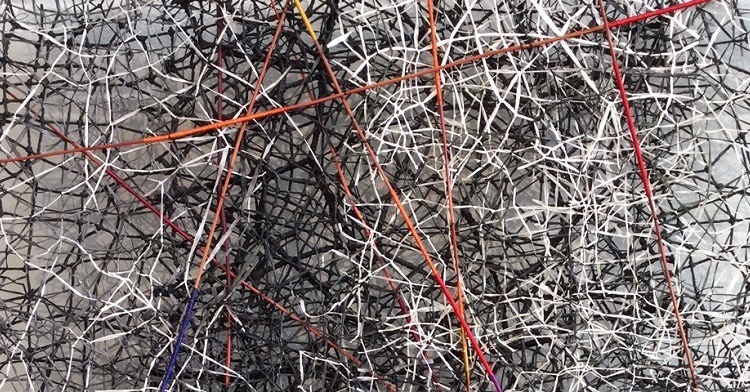
1 comment
Claudia Vega
Living close to the border with the U. S. has influenced most of my dressmaking since I was young as there are remnant fabric stores in my hometown. That means I would make my clothes with whatever material I found.
In 2020 I went back to weaving. The garments I create are a vivid example of mixing remnant material and recycling plus mending.